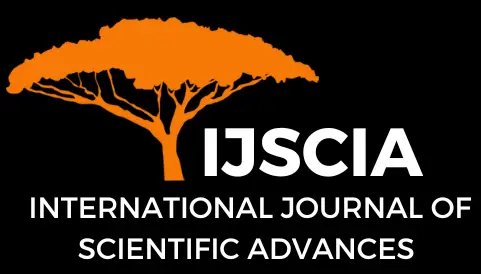Urinary Orosomucoid (α-1-Acid Glycoprotein) As A Single Potential Biomarker Through PET Assay for Diagnosis of Early Onset Sepsis in Neonates: A Review
Alfiani Zukhruful Fitri Rifa’i1, Hanifah Nabilah1, Idznika Nurannisa Wibowo1, Reny I’tishom2*
Abstract
Neonatal sepsis is a condition in which bacteria are present in an infant’s sterile body fluids. It is considered one of the most common causes of infant death, with nearly one million deaths per birthday and approximately 2 million deaths in the first week of life. To aid in the early diagnosis of neonatal sepsis, a potential new biomarker for early neonatal sepsis called orosomucoid (ORM) or α1-glycoprotein (α1AGP) in urine is being evaluated because of its greater accuracy than current diagnostic tools. Combined with particle turbidity analysis (PET), neonatal sepsis can be diagnosed in an immediate, sensitive, specific and non-invasive manner. The early local increase in urinary ORM in sepsis suggests that it could be a new promising marker of sepsis and an important part of routine laboratory and clinical practice.
Keywords
Biomarker; orosomucoid; u-ORM; -1-acid glycoprotein; α-1AGP; sepsis; particle-enhanced turbidimetric test; neonates
Cite This Article
Rifa’i, A. Z. F., Nabilah, H., Wibowo, I. N., I’tishom, R. (2022). Urinary Orosomucoid (α-1-Acid Glycoprotein) As A Single Potential Biomarker Through PET Assay for Diagnosis of Early Onset Sepsis in Neonates: A Review. International Journal of Scientific Advances (IJSCIA), Volume 3| Issue 1: Jan-Feb 2022, Pages 27-33, URL: https://www.ijscia.com/wp-content/uploads/2022/01/Volume3-Issue1-Jan-Feb-No.212-27-33.pdf
Volume 3 | Issue 1: Jan-Feb 2022
![FIGURE 1: Pathophysiologic processes involved in sepsis [62]. DAMPs= damage associated molecular patterns; IL= interleukin; TLR4= Toll-like receptor 4; TNF- α = tumor necrosis factor α](https://www.ijscia.com/wp-content/uploads/2022/01/FIGURE1-300x259.jpg)
![FIGURE 2: Serum orosomucoid (A) and urinary orosomucoid (B) levels in sepsis. Urinary orosomucoid levels are referred to urinary creatinine and expressed in mg/mmol [58].](https://www.ijscia.com/wp-content/uploads/2022/01/FIGURE2-300x130.png)
![FIGURE 3: Comparison of quantitative western blotting and the new automated turbidimetric assay for u-ORM measurement [56]. Solid line - regression line. Dashed lines - 95% CI for the regression line. Dotted line - identity line (x = y).](https://www.ijscia.com/wp-content/uploads/2022/01/FIGURE4-300x231.png)



